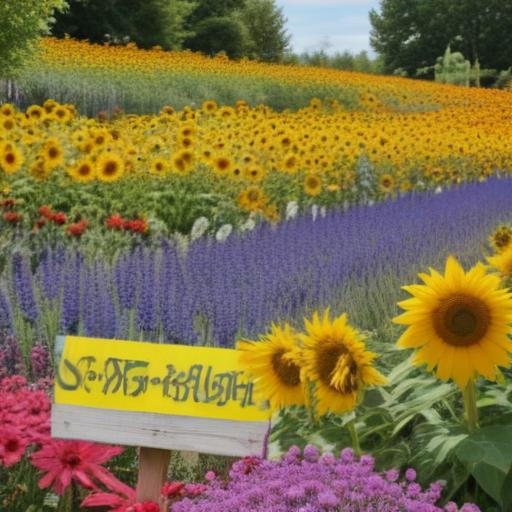Pollinator Garden Expansion Takes Center Stage in This Week’s Stan’s Gardening A-Z
This week’s Stan’s Gardening A-Z turns the spotlight on pollinator-friendly spaces, focusing on how gardeners can expand and diversify their pollinator gardens. The episode explains why these habitats are essential not just for bees and butterflies, but for the health of the wider ecosystem and our own gardens’ yields.
What the show covers
– Why expand a pollinator garden: A richer mix of nectar, pollen, and larval food plants helps sustain pollinator populations and supports crop production in home and community gardens.
– Planning for growth: Start with a quick assessment of sun exposure, soil quality, and water availability. Set goals for year-round bloom and increased habitat diversity.
– Bloom-time strategy: Aim for continuous color by selecting a mix of early, mid, and late-season flowering plants. Favor native species where possible to improve adaptability and resilience.
– Layered planting: Create a welcoming structure with groundcovers, mid-height perennials, and taller shrubs to provide shelter, nesting sites, and good air circulation.
– Habitat features: Incorporate bee hotels, brush piles, or shallow water sources to encourage nesting and drinking. Limit or avoid pesticides; consider integrated pest management.
– Maintenance and care: Use compost to enrich soil, mulch to conserve moisture, and rainwater harvesting when available. Choose plants that fit your region’s climate and avoid invasive species.
– Sourcing and selection: Look for native plant nurseries and seed banks, and consider seed propagation to grow more plants at a lower cost.
– Quick-start plan (30–60 days): Map your space, pick 6–8 core pollinator plants, install habitat features, and begin a simple irrigation and mulching routine.
Evidence-based tips you can use
– Prioritize plant diversity that provides nectar across seasons, and include larval host plants for butterflies and moths.
– Native plants typically require less water and maintenance while attracting more local pollinators.
– A small investment in habitat structures, like bee hotels or sheltered brush piles, can yield noticeable improvements in pollinator visits.
Positive takeaways
Transforming a modest patch into a thriving pollinator corridor is achievable with thoughtful planning and a few practical additions. The expanded garden not only enhances beauty and year-round interest but also supports biodiversity and food production by boosting pollinator health and activity.
Summary
This week’s segment provides a clear, actionable roadmap for expanding pollinator gardens, balancing plant selection, habitat features, and sustainable maintenance to create vibrant, long-lasting pollinator havens. If you’re looking to enrich your garden’s ecological value, the episode offers steps you can implement this season.
Additional value I’d add
– A simple starter checklist: sun hours, soil test quick-read, 6–8 pollinator-friendly species, one habitat feature, and a small water source.
– Quick regional guidance: consult your local extension service or native plant society for a list of region-appropriate nectar and host plants.
– A hopeful note: even modest expansions can have outsized benefits for pollinators and your garden’s resilience, making every growing season more rewarding.
